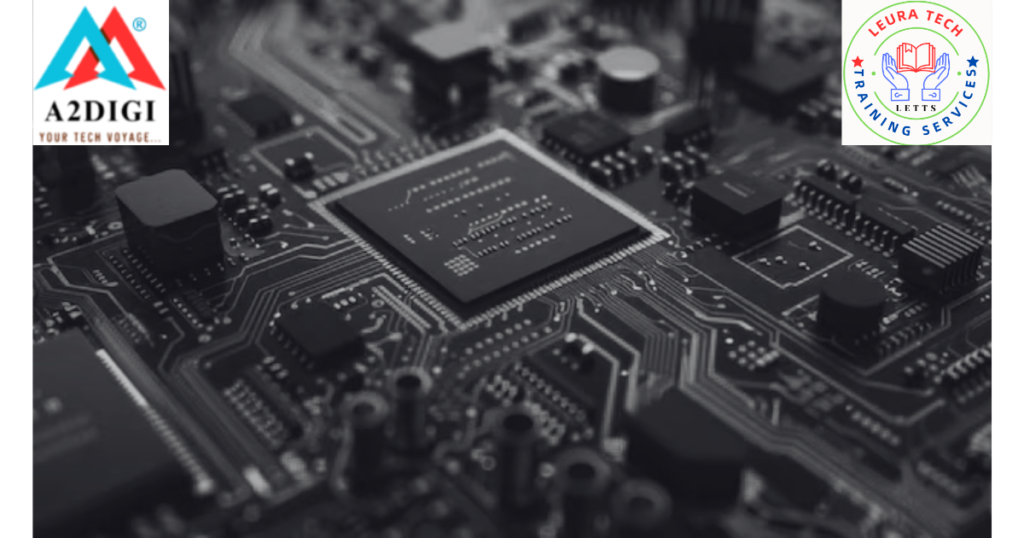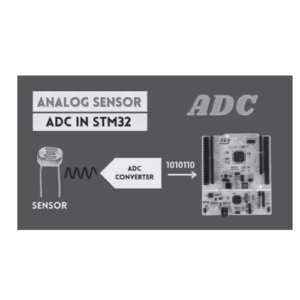
Introduction to Embedded System Design
Embedded systems are integral to the modern world, powering everything from household appliances and consumer electronics to industrial machinery and automotive systems. Understanding embedded system design is crucial for developing efficient, reliable, and functional devices that meet specific requirements. This post will introduce the fundamentals of embedded systems, their architecture, design principles, and practical examples to get you started.
What is an Embedded System?
An embedded system is a dedicated computer system designed to perform specific tasks or functions within a larger system. Unlike general-purpose computers, embedded systems are optimized for particular applications and are often constrained by performance, power, and size requirements.
Key Characteristics of Embedded Systems:
- Task-Specific: Designed to perform dedicated functions, often in real-time.
- Resource-Constrained: Limited processing power, memory, and energy consumption.
- Reliability and Stability: Must operate continuously and reliably, often in harsh environments.
- Embedded Software: Runs specialized software (firmware) typically stored in non-volatile memory.
Examples of Embedded Systems:
- Consumer Electronics: Smart TVs, washing machines, digital cameras.
- Automotive: Engine control units (ECUs), anti-lock braking systems (ABS).
- Industrial Automation: Programmable logic controllers (PLCs), robotic systems.
- Medical Devices: Pacemakers, blood glucose monitors, medical imaging systems.
Components of an Embedded System
An embedded system typically consists of both hardware and software components that work together to perform its intended function.
1. Hardware Components
- Microcontroller (MCU) or Microprocessor (MPU): The brain of the system, responsible for executing the embedded software. MCUs combine CPU, memory, and peripherals on a single chip, making them ideal for embedded applications.
- Memory: Includes ROM (Read-Only Memory) for storing firmware and RAM (Random Access Memory) for runtime data.
- Input/Output Interfaces: GPIO (General Purpose Input/Output) pins, ADCs (Analog-to-Digital Converters), DACs (Digital-to-Analog Converters), communication interfaces (UART, I2C, SPI).
- Sensors and Actuators: Sensors collect data from the environment (e.g., temperature, light), while actuators perform actions (e.g., motors, LEDs).
- Power Supply: Provides the necessary voltage and current to the system, often designed to optimize power efficiency.
2. Software Components
- Firmware: The software code that runs on the embedded hardware, often developed in C or C++ for efficiency.
- RTOS (Real-Time Operating System): Provides scheduling, task management, and resource allocation in real-time systems.
- Drivers: Interface between hardware peripherals and application software.
- Application Software: Implements the specific functionality of the embedded system.
To find out more information and to learn, Embedded System Design. Please do click on this link. https://a2digi.com/product/stm32/



